The Forgotten Art of Childhood
Rediscovering the illustrations of Margery Gill and a cautionary tale
Cover illustration by Margery Gill, Jonathan Cape, 1965
I was knee deep in research for a different post when the thread of a memory kept pulling. Perhaps it was the heat, or the approach of the long school holidays, but during the intense, hot days of 1976, I lay in the cool of my bedroom, lost in Susan Cooper’s The Dark is Rising series.
My grandad used to take me to my local library, where he would return with the next Winston Graham or, his favourite Rosemary Timperley1, and I, knowing little about writers, would make my choice by the illustrations on their covers. It was Margery Gill’s drawing on “Over Sea, Under Stone” that caught me: a moonlit, inky night, with four imposing stones echoing the four figures looking out to sea. This was a book I wanted to read.
I have mentioned “The Dark is Rising” in a previous post, but it is this first novel that I hold dearest. This story of siblings Jane, Simon and Barney, a dog called Rufus, and the mysterious Uncle Merry, on holiday in Trewissick in Cornwall. It was the perfect companion for an only child, with endless heat filled days ahead. It begins in familiar, Enid Blyton territory with lashings of ginger beer and disinterested parents, but a sense of fear and menace soon casts a shadow over the sun and the forces of darkness begin to loom, and an entirely different story unfolds.
From “A Parcel of Trees”, 1963
This is a particular favourite: the gnarled apple tree the jagged grass of the orchard are beautifully done
I think this was the first time I had noticed Margery Gill’s illustrations. The children are serious and thoughtful, their faces with little expression, allowing the reader to add their own response. They are often viewed from the side or behind, drawing us into the action: we see what they are seeing. The images don’t intrude upon the story, but enhance it and I remember eagerly awaiting the next drawing as I read. Writers loved working with her, she was reliable and sensitive to the text, delivering work promptly from her Suffolk studio. Always keen to reflect the authors’ landscape, she would travel to their homes to ensure her drawings were accurate, in the case of both William Mayne and Ruth Arthur2, whose writing she accompanied so well. Susan Cooper bought the original cover drawing for “Over Sea, Under Stone”, keeping it on her study wall. She said of Gill,
She caught the image of the kids I was writing about perfectly, with no communication. That does huge things for the confidence of the writer.
As I have been exploring drawing in pen and ink, I look at these images now with different eyes, trying to see through their magic to the strings beneath. I have fruitlessly tried to find out about the nib and ink she used, (artists always want to know about materials!) only finding out that she used the finest French paper and revised her work to perfection, using a scalpel to remove any lines that didn’t hit the mark. Yet she makes it look so effortless.
The lines are strong and fluid, with broken, scratchy strokes, each picture a small world that we peer into. The image above of Barney, trapped in Hastings’ home, after being snatched at the carnival, is beautifully composed. The overpowering figure of Hastings, in inky darkness, stands among the vertical lines of the books, the bottle and desk with the vulnerable, light Barney in the corner, looking up, his limbs echoing the soft curves of the wicker chair. In the balance of the composition we share his sense of fear and powerlessness, and the battle between light and dark is made clear.
But who was Margery Gill? Though hugely successful during the 50’s and 60’s, illustrating over 100 books, she is an elusive figure, it seems by choice. Her focus was on producing the very best work she could, a perfectionist that would sometimes despair, “tearing in shreds the failures and starting again”.3Her husband would often retrieve these “failures” from the waste paper bin and apparently a binman in Fulham held a collection of her discarded work. In spite of opportunities to exhibit her work in galleries, she declined, happiest focusing on the quality of her drawings and to remain in the background.
Photograph by Matthew Weaver
She came to illustration not by choice, but by necessity. Born in 1925, she left school at 14 to go Harrow School of Art and studied etching and engraving at the Royal College, intending to be a fine artist. This choice of medium certainly explains her understanding of the importance of accurate line and tonal range when she shifted her discipline. She taught at Maidstone School of Art, alongside a young David Hockney and Quentin Crisp, who modelled at the school, and they would take the train in together. A more unlikely trio I cannot imagine!
She met the actor, Patrick Jordan4, then a young drama student, in the local bookshop and they married and moved to Alpheton in Suffolk in 1969, by which time they had two daughters. With motherhood, teaching became impractical and with the need to continue earning, she worked from home, fitting in commissions while her girls were at school.
Another favourite, Margery Gill’s 1965 cover design for “Castle of Yew”
An exquisite drawing of Joseph in a garden clearly modelled on Green Knowe
Her work emerged as the mass market for children’s fiction was growing and her style was in alignment with the kitchen sink realism of the time. Ness Wood has said that this period “was all about drawing” and perhaps that is why I have such affection for it. I remember lovingly copying the drawings in pencil, frustrated that I didn’t have a dip pen instead.
Two treasured books from the “Allsorts” series, including work by Margery Gill, whose work I copied.
By the 1970’s, the fashion for ink work was waning and a new cartoon-like trend was on the rise. Gill’s work was less in demand, and commissions fewer. She began to develop severe arthritis in her hands and finally retired in 1985, her last book being Ann Thwaite’s “Pennies for the Dog”.
Illustrators are often fated to be seen as having the supportive role, even today. While her name may not be well known, her drawings are utterly distinctive and evoke an era when children’s fiction was in its heyday. Her contemporary, Shirley Hughes, admired her greatly:
I thought her work was terrific. It made me look to my laurels. It was modern - the children she depicted were less sweet. Margery used solid black line with tremendous fluidity and ease: the way children stood and moved was very distinctive.
On her death in 2008, the Times obituary led with a story that emphasised her lack of recognition. Gill had been commissioned by Eleanor Graham, the founding editor of Puffin Books, to create 24 illustrations for “A Little Princess”, but it was published with the title page misprinting her name as “Hill”. When told about it, she simply laughed.
Photograph by her husband Paddy Jordan at her studio in Alpheton, Suffolk
Buyer beware…
As a small treat I bought a course on pen and ink from Domestica, the online learning platform, something I have done many times before. Then late last Saturday night, I received an email from Paypal telling me that Domestica were about to take £176.57 from my account. I called my bank, but it was already too late. I have spent a ridulous amount of time this week contacting Paypal (hopeless) and Domestica (no response at all) and I have found that I am among 1000’s who have been caught…It seems that unless you say otherwise, they will take an annual subscription a month later, without warning. I have been unable to find where I accepted this, but still feel utterly stupid. I have yet to find another person who has succeeded in their claim and it leaves a very bitter taste. I tell you this as I would hate someone else to make the same mistake. What appears a good deal, is certainly not.
Something to read
Storm Pegs: A Life Made in Shetland - Jen Hadfield
I have been reading this slowly, holding on to every word over the past two weeks, each night looking forward to my bedtime trip to Shetland. Hadfield arrived for a writing residency 17 years ago and never left, like a limpet finding her “home scar,” it is an exploration of the pull of a place, the richness of language and community. I have never read anything quite like it.
Illustrators’ Sketchbooks - Martin Salisbury
This arrived too late for my last post, but it is a beautiful canter through 60 artists’s sketchbooks from as early as Thomas Bewick to Helen Stephenson of Pencil Pals (and by the way, their Good Ship Illustration course is brilliant. )
Something to watch
Next week, all being well, I am visiting Dorset and will be going on a literary adventure, as well as a drawing foray. I hope to follow the breadcrumbs to the home of Sylvia Townsend Warner and will go to Lyme Regis to walk with Jane Austen. In celebration of her bi-centenary BBC i-Player have made available a feast of programmes. There is a wonderful adaptation of Persuasion, with Amanda Root and Ciaran Hinds as the perfect Captain Wentworth, a hunt to verify a new found portrait of Austen (do let me know if you are convinced…), and a rather sweet Lord David Cecil who takes us around her Chawton home.
This is my 50th post and I can hardly believe it. I began Substack as an alternative to a Mailchimp newsletter to share my artwork, thinking it would make me more accountable - my previous attempts had been very haphazard. I am not a writer, yet I have discovered through this place that I love writing and, using it as a vehicle to explore those women artists I have long loved, and to pick up threads of things that sparked my imagination and grew, has been so enriching. I confess that as the week before the deadline draws near, I often wonder how on earth it is going to happen, but somehow it does. Thank you for your support and generosity here. I look forward to your comments and would love to know if you too remember Margery Gill, or have another illustrator that spoke to you. And any books that you can recommend that I take away with me, would much appreciated!
I will be back in three weeks, in view of my holiday, and will pause payments for that week. Thank you for your company and I look forward to seeing you then.
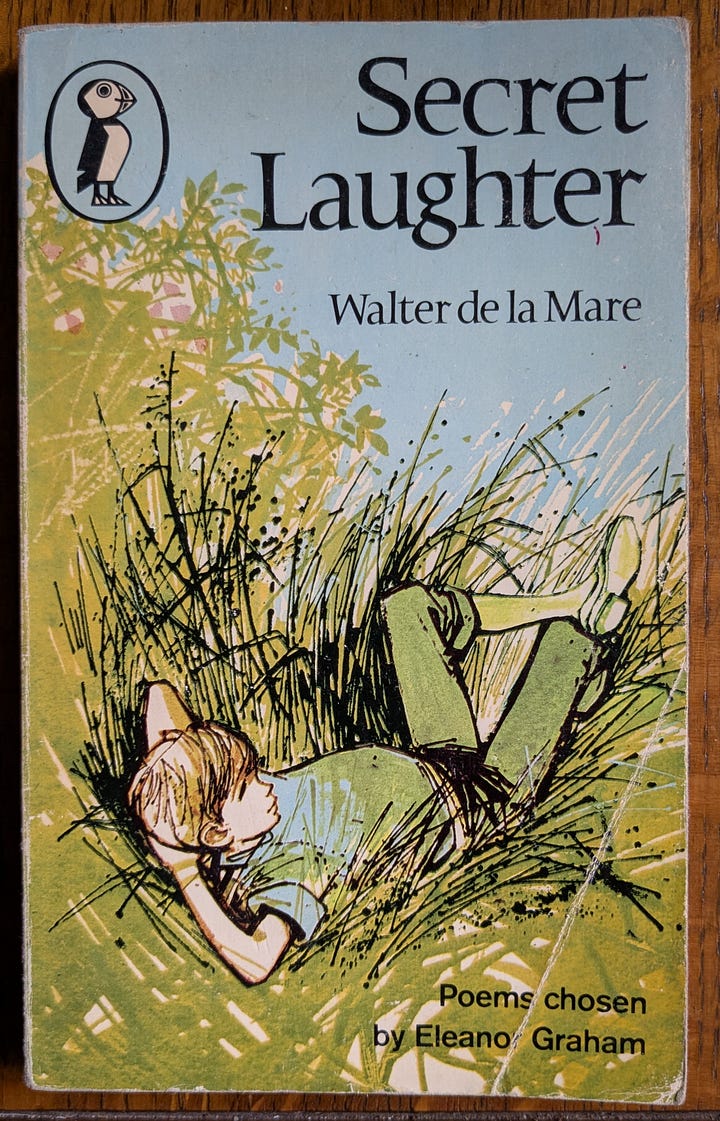
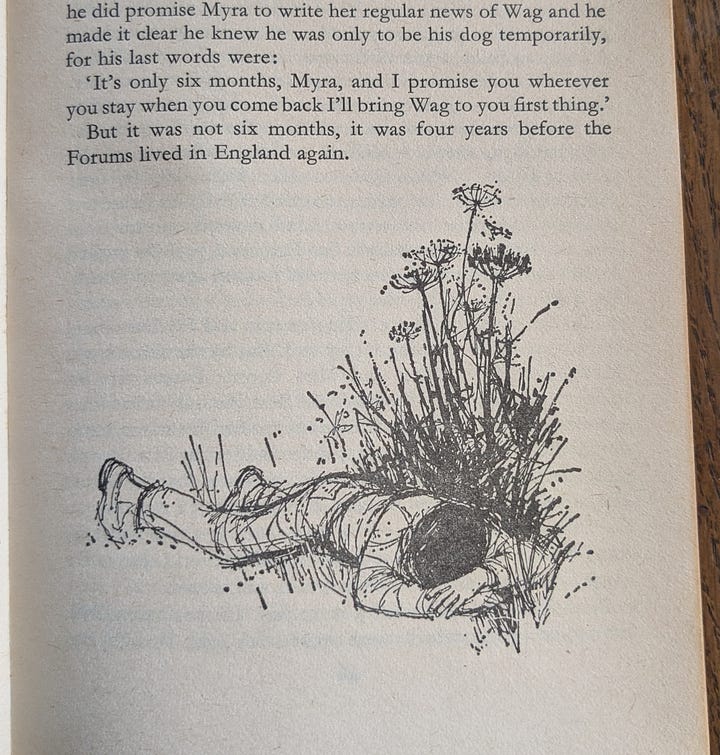
Further Reading
The Illustrated Book Jacket 1920 -1970 - Martin Salisbury
Rosemary Timperley became a favourite of mine too, but no one now seems to remember her…
After much searching I have just found a copy of “The Whistling Boy” by Ruth M. Arthur that I am about to read. Does anyone else know of her?
from “Artists of a Certain Line” (1960) by John Ryder.
For those who may share my affection for the shaky soap opera Crossroads, I was delighted to discover that Patrick Jordan played Thomas Darby, from 1985 - 88, the faithful retainer of Gabriella Drake. He would also model for Margery and, once you realise this, you can see the resemblance.




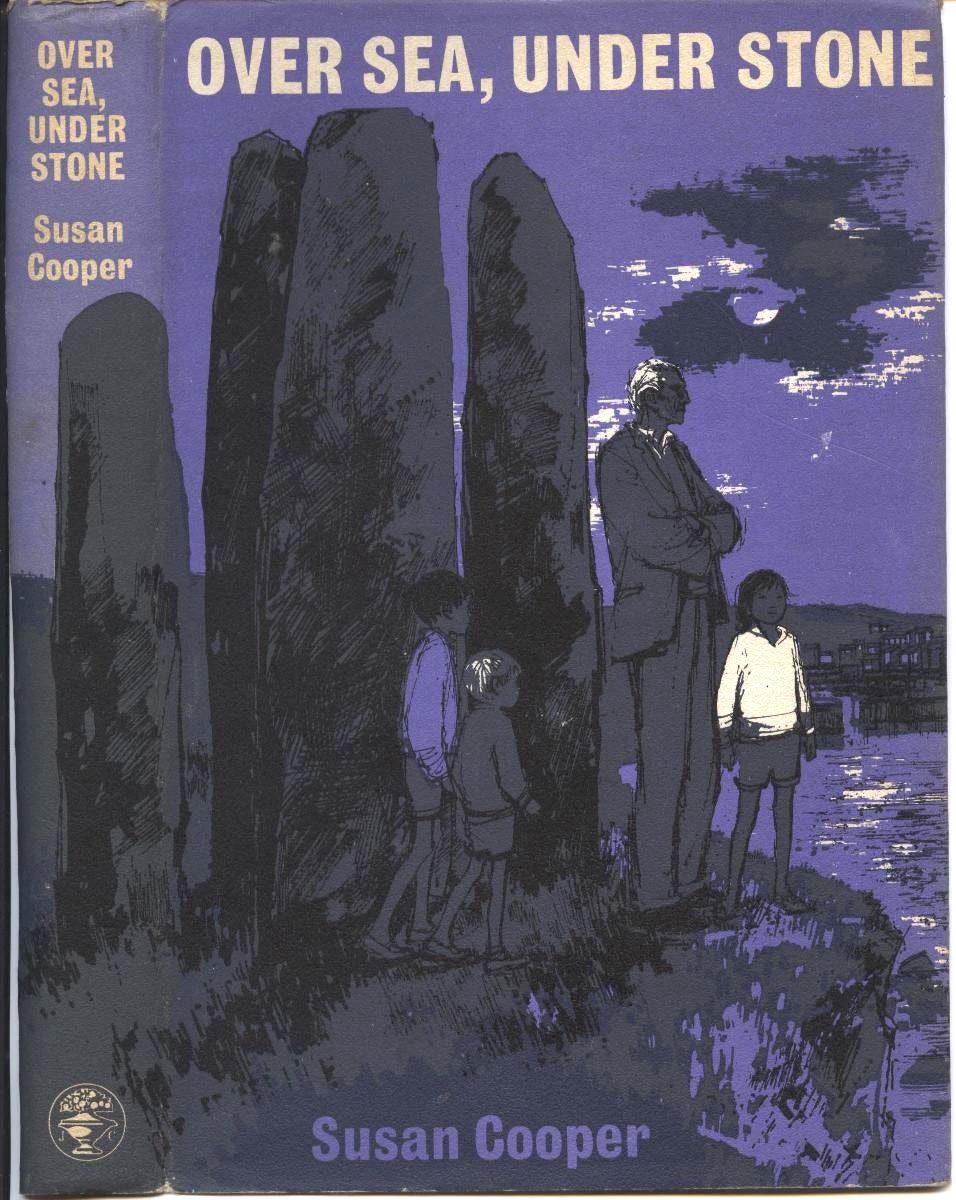
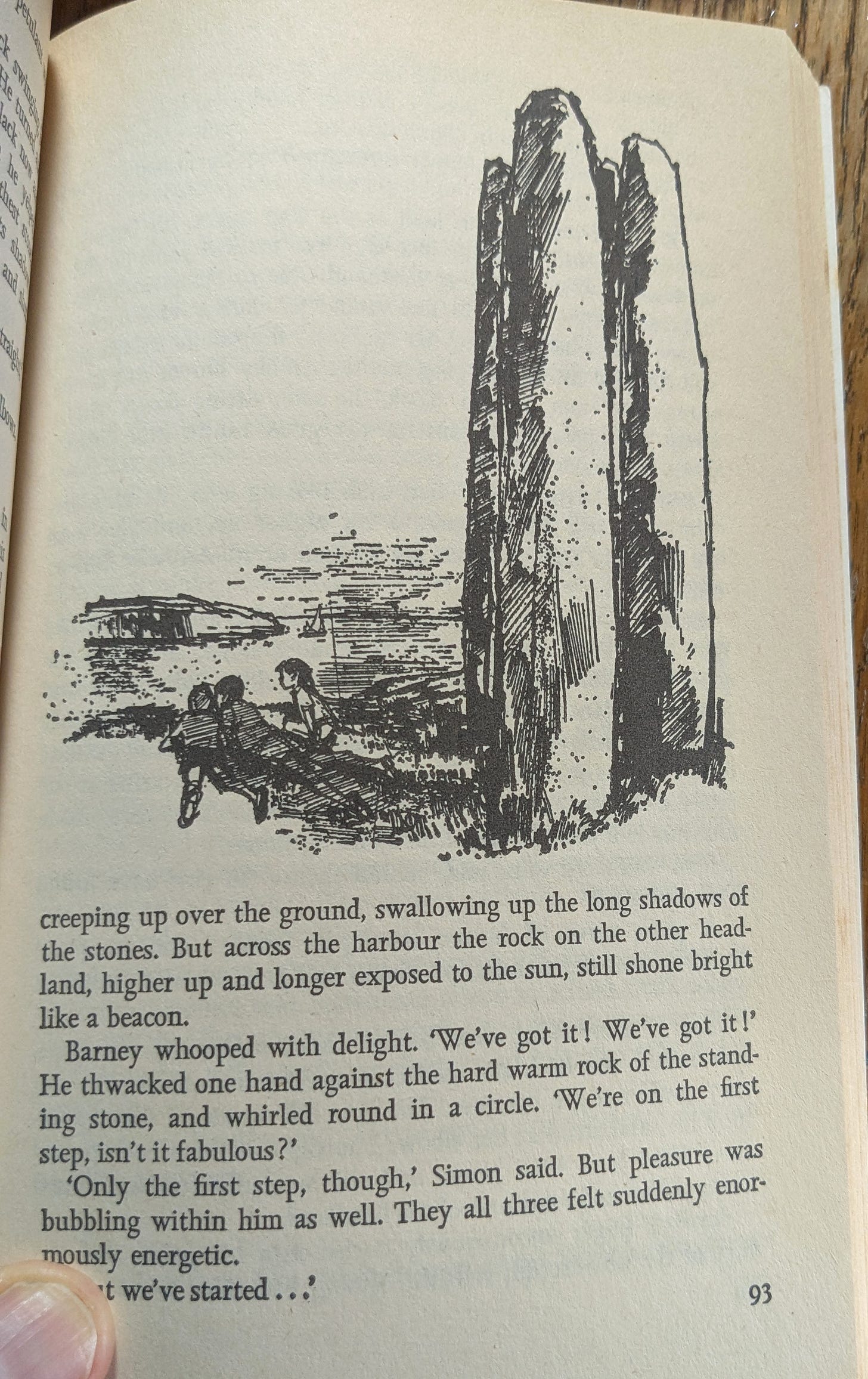

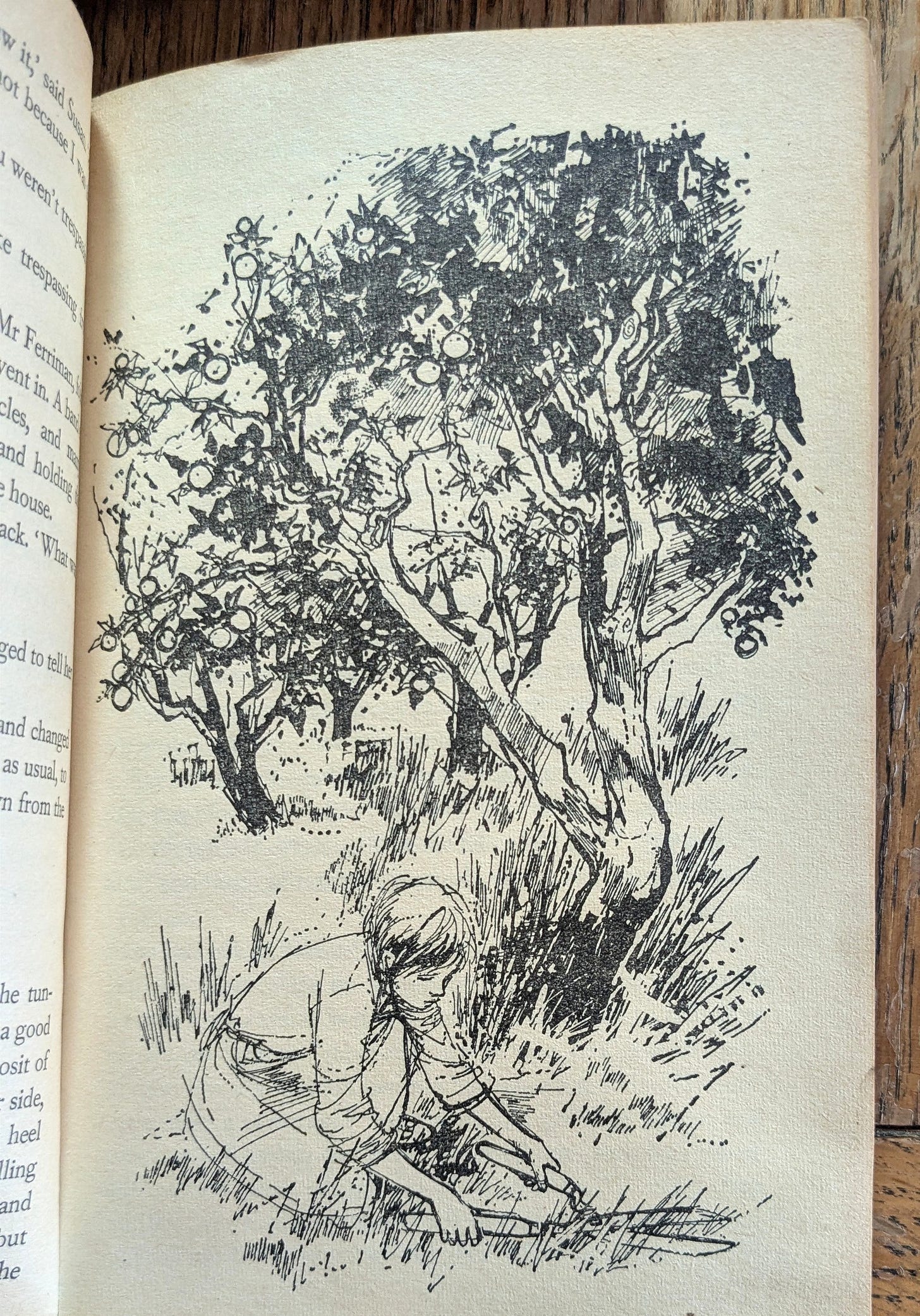



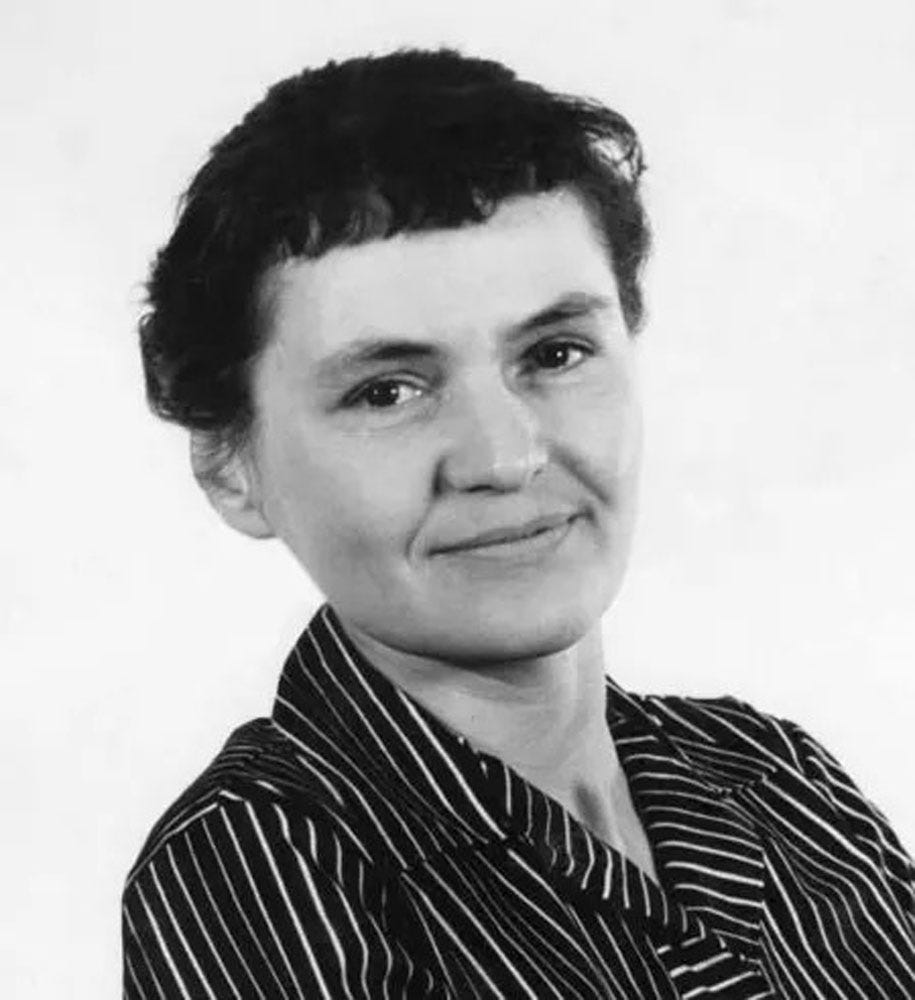

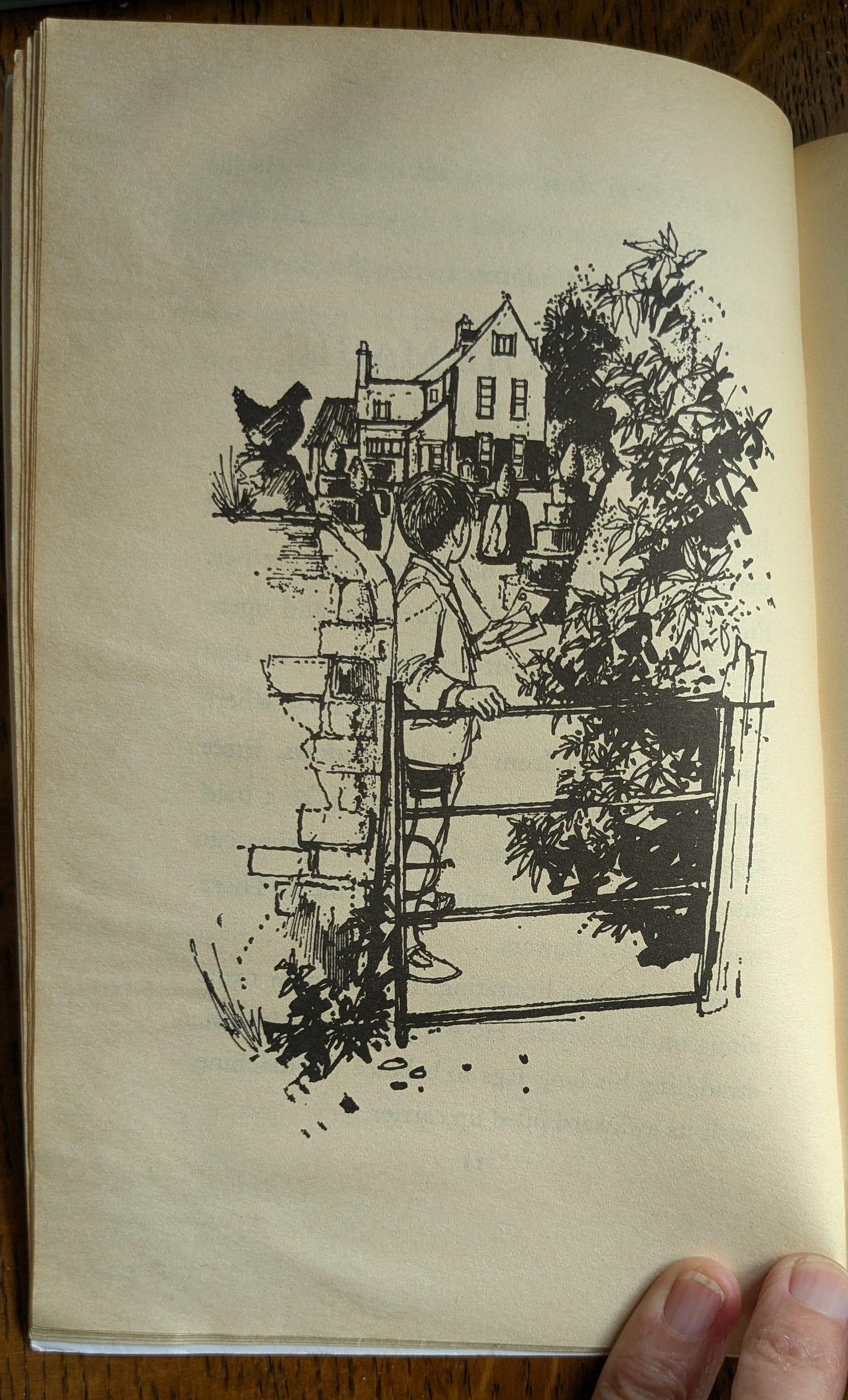
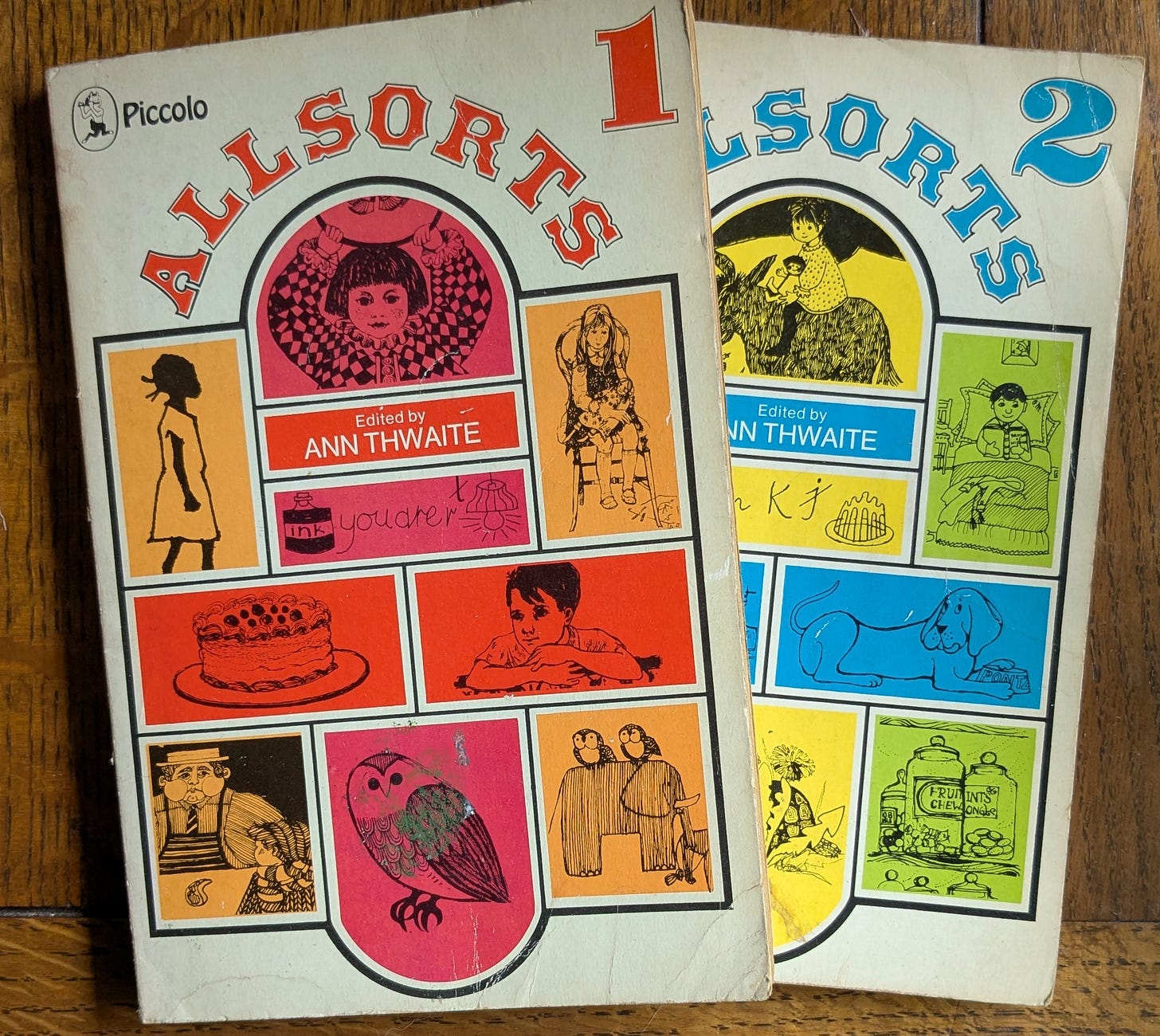
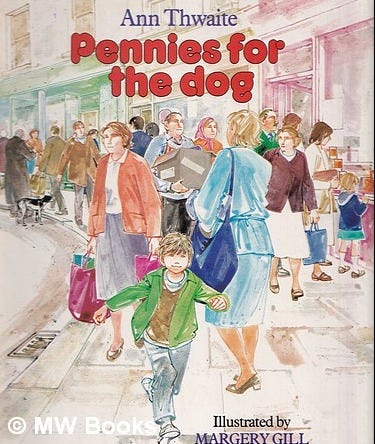
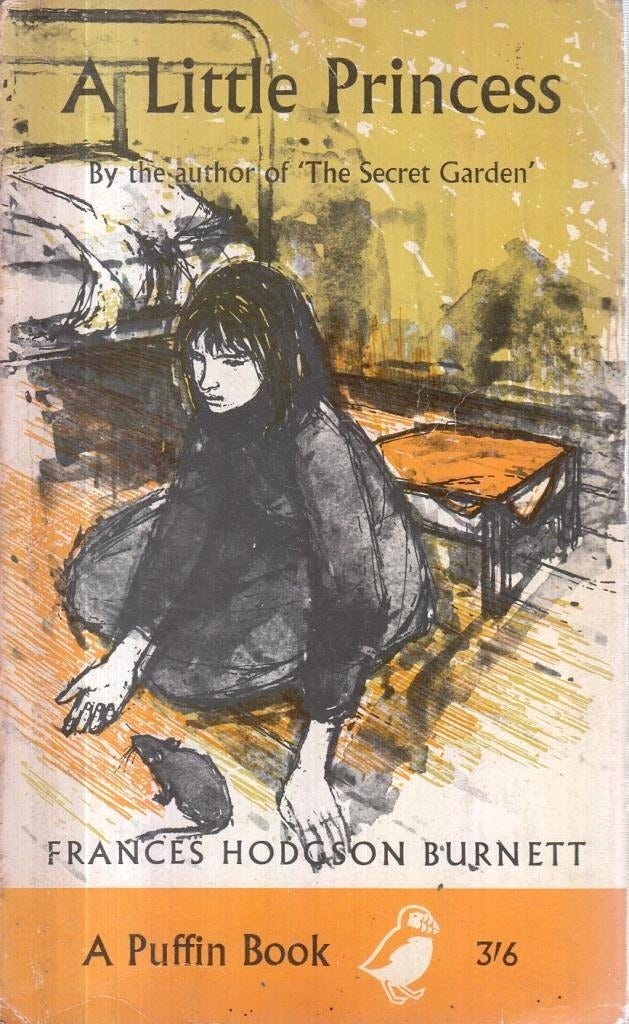
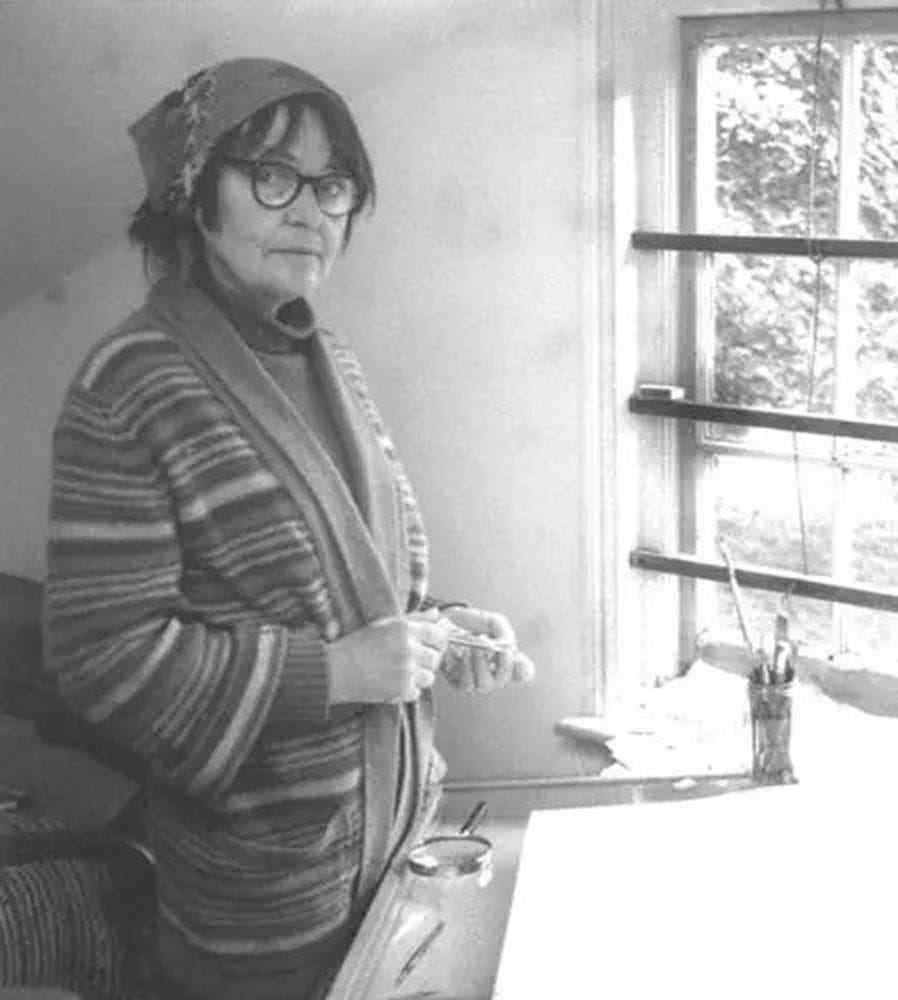
Loved this! I have memories of many Margery Gill illustrations running round my brain now. I still have my copies of Antonia Forest's Autumn Term, End of Term and The Cricket Term, all of which have covers by Gill. And I'm very envious of that binman in Fulham!
Congratulations on 50 illuminating posts.
Thank you for taking the time and care to write this beautifully nostalgic article - the best bedtime reading. Margery Gill and Ruth M Arthur were right there beside me in my early reading. I read everything I could of Ruth M Arthur, now even reading the titles takes me back. You might enjoy The Woods in Winter by Stella Gibbons. It has a wild beauty and strong central characters I find satisfying each time I re-read it. I look forward to your next post and I’m going to go back over your earlier posts for more riches. Congratulations on 50 Substacks 🖊️